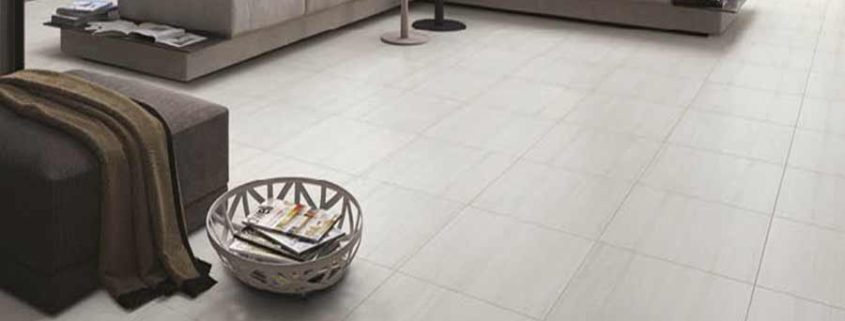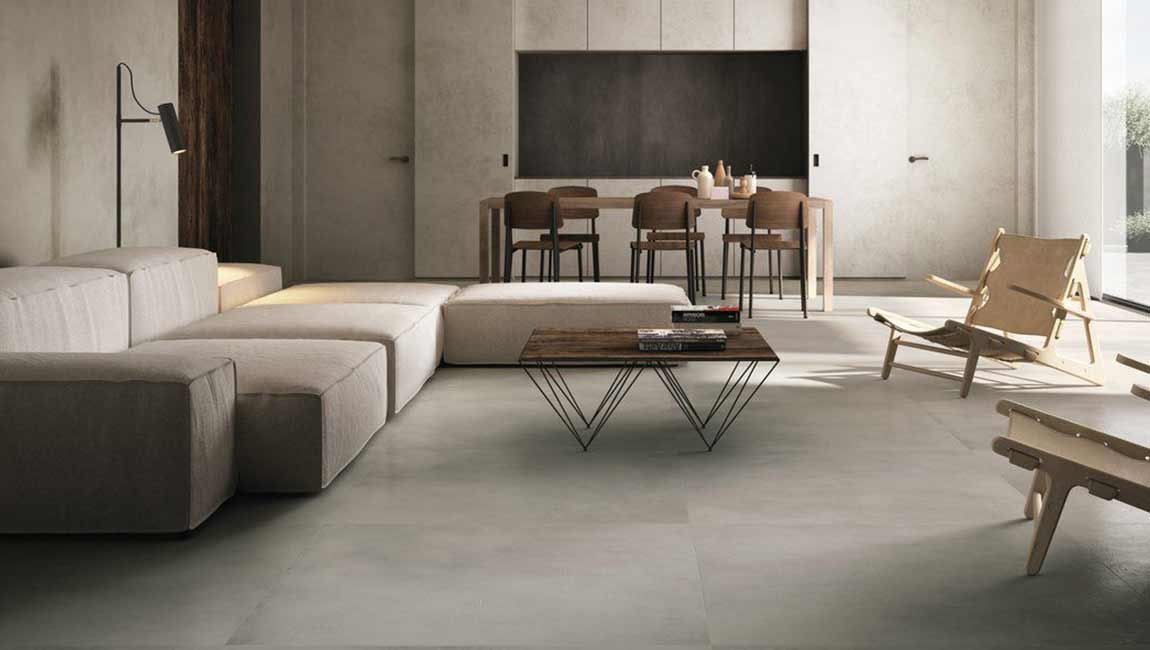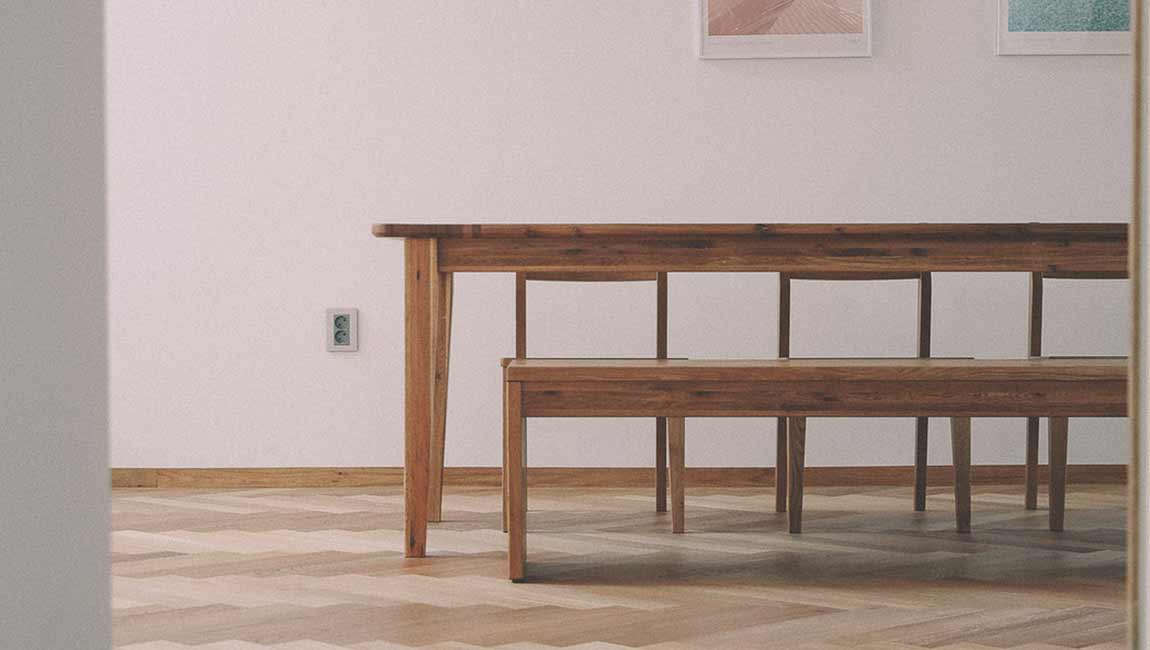How to Fit Wall Tiles?
Tiles are the way to go if you want to cover rough plaster, protect a wall from moisture or just add colour to a room. Whatever the shape or size of the wall you want to floor tile, the technique is basically the same and doesn’t require any specialist DIY skill or tools. Unlike paper or paint, you don’t have to spend hours preparing the surface for tiling, just a few minutes setting out the positions.
Prepare the walls. To prepare the walls, repair any large holes with plaster filler and brush on a coat of plaster stabilizing solution if the surface is powdery. Estimate the number of tiles. To help you work out where to place your tiles, make a tiling gauge from a piece of straight wooden batten. Use this to estimate how many marble tiles you’ll need – starting at the top of the skirting board, move the batten up the wall one tile width at a time.
If a narrow strip is left at the top, move the bottom row up by half a tile width to give an even finish. Mark out the horizontal rows with pencil – be sure to use a spirit level to ensure they’re horizontal. Tack the batten along first pencil line so that the casstle tiles can be positioned against it. Do the same to identify where to place the vertical lines – start at a corner and use a plumb line to fix the position accurately.
Spread the adhesive. Spread the adhesive/grout over about half a square metre of the wall, starting in the corner made by the two battens. Use the notched side of the spreader to form even ribbons of adhesive. Start to tile, pressing the polished tiles gently onto the wall until you see adhesive squeeze out around the sides.
Ensure that the tiles are level. Press spacers into each corner and hold a spirit level across the marble tiles to see if they form a flat surface. Continue to tile, working on about a square metre at a time until you have fixed all the whole wall tiles. Neaten up. Leave to dry fully before removing the timber battens. Cut the tiles to fit into any gaps. For hard ceramic tiles, the glazed surface must be scored and the tile design broken along this line. Tile cutting jigs are inexpensive and are much easier to use than freehand tile cutters. Use a saw tile to cut a tile to fit around an awkward shape such as a pipe or architrave.
Add grout to the wood tiles. Check that all the spacers are removed and wipe off all tile adhesive from the tiles before starting the grout work. Select a grout colour that matches the spots tiles (it can be a slightly different colour) and mix as instructed by the manufacturer. Smooth the grout into all the gaps around the tiles. Wipe off excess using a damp cloth. Leave to dry completely before showering or bathing.








